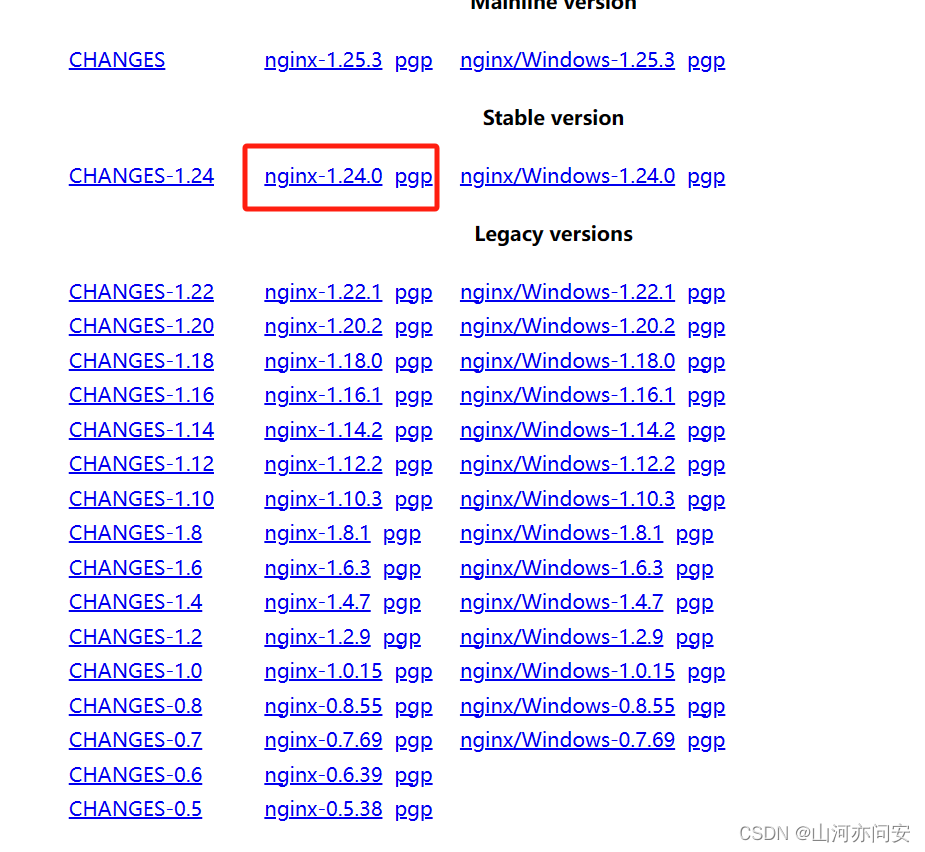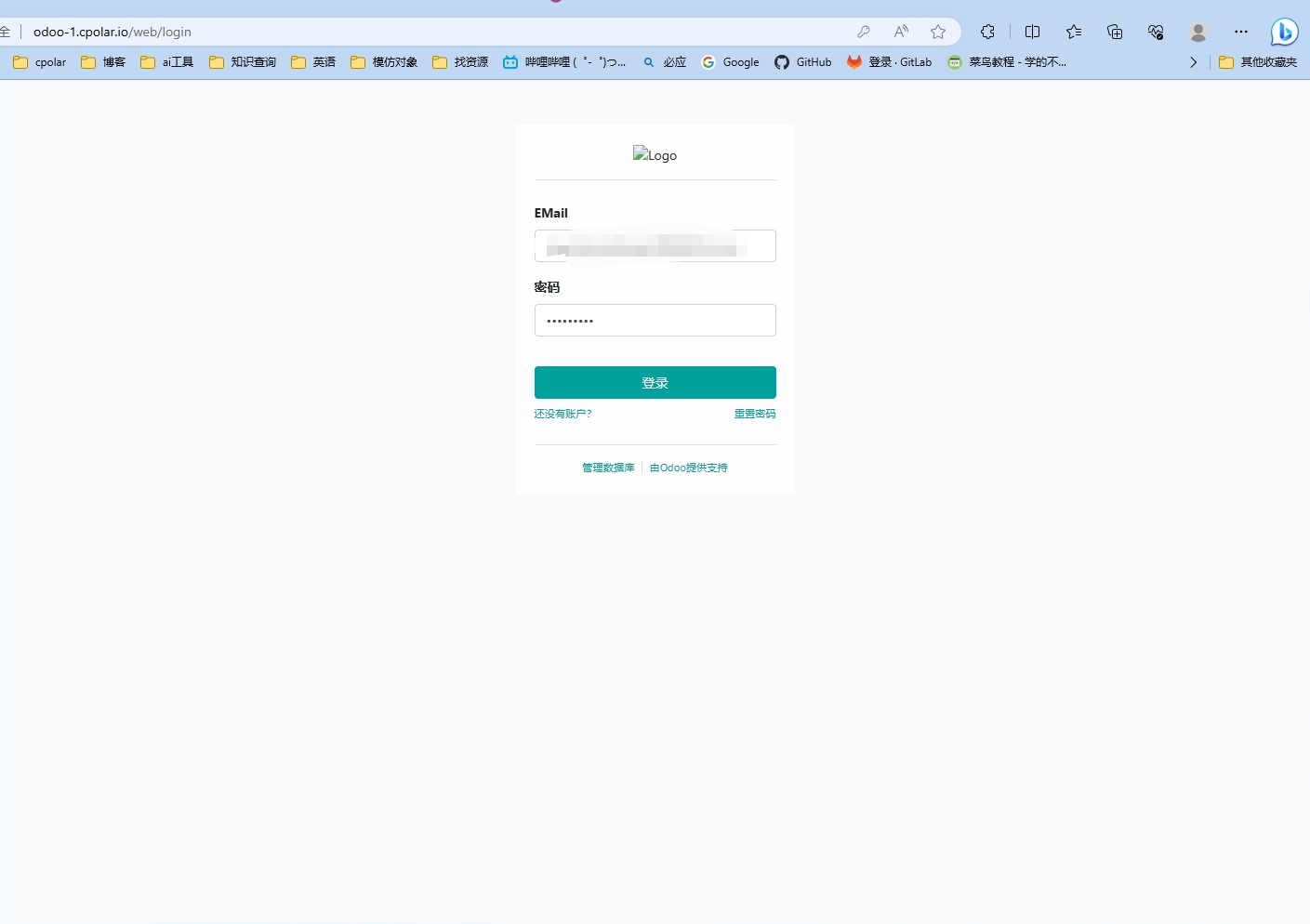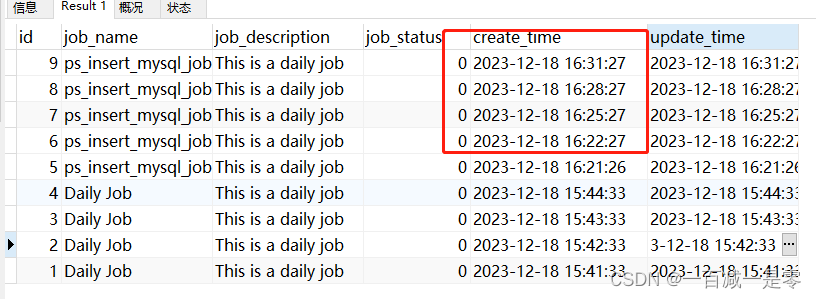目录
- 一、什么是数据库连接池
- 二、为什么需要数据库连接池?
- 三、JDBC 数据库连接池的实现
- 四、C3P0的使用
- 1、加入c3p0 jar包
- 2、配置xml文件
- 3、c3p0-config.xml模板
- 4、C3P0的使用
- 五、Druid的使用
- 1、加入Druid jar包
- 2、定义配置文件:
- 3、Druid连接池的使用
- 六、HikariCP的使用
- 1、加入HikariCP jar包
- 2、配置文件
- 3、HikariCP的使用
- 七、DBCP的使用
- 1、加入DBCP jar包
- 2、配置文件
- 3、DBCP使用

一、什么是数据库连接池
概念:存放数据库连接的一个容器(集合)Connection
当系统运行起来之后,这个连接池就被创建,在这个连接池当中,会申请一些对象,当有用户来访问数据库的时候,就从这个连接池当中获取连接对象,用户访问结束之后,连接池对象会归还给容器
二、为什么需要数据库连接池?
数据库连接的创建和销毁是一项资源密集型操作,它涉及到网络通信和权限验证等操作,因此开销较大。在高并发的应用中,频繁地创建和销毁连接会导致系统性能下降,甚至引发连接泄漏等问题。数据库连接池的引入可以解决这些问题,具体好处包括:
- 资源重用:连接池可以重复使用现有的连接,避免了频繁创建和销毁连接的开销。
- 减少连接等待时间:连接池通常会预先创建一些连接,当应用程序需要连接时,可以立即获取可用连接,降低了连接等待时间。
- 连接管理:连接池负责连接的管理,包括连接的创建、销毁、超时检测等,减轻了开发人员的工作负担。
- 性能提升:通过连接池可以控制并发连接数,避免了数据库服务器被大量连接请求压垮。
三、JDBC 数据库连接池的实现
JDBC 数据库连接池通常由以下几个关键组件构成:
- 连接池管理器:用于管理连接的创建、分配、释放等操作。
- 连接池:实际存放数据库连接的容器。
- 连接对象:表示一个数据库连接的对象,包括连接信息、状态等。
- 连接池配置:包括最大连接数、最小连接数、连接超时时间等参数。
四、C3P0的使用
1、加入c3p0 jar包

2、配置xml文件

3、c3p0-config.xml模板
<c3p0-config><!--使用默认的配置读取数据库连接池对象 --><default-config><!-- 连接参数 --><property name="driverClass">com.mysql.cj.jdbc.Driver</property><property name="jdbcUrl">jdbc:mysql://127.0.0.1:3306/ScienceDB?serverTimezone=UTC</property><property name="user">root</property><property name="password"></property><!-- 连接池参数 --><!--初始化申请的连接数量--><property name="initialPoolSize">5</property><!--最大的连接数量--><property name="maxPoolSize">20</property><!--超时时间--><property name="checkoutTimeout">3000</property></default-config>
</c3p0-config>
4、C3P0的使用
public void sumSelect(String a) throws SQLException {ComboPooledDataSource dataSource=new ComboPooledDataSource();Connection conn=dataSource.getConnection();ResultSet rs=conn.prepareStatement("select s.*,c.c_name,sc.s_score from Student s,Score sc ,Course c\n" +"where s.s_id=sc.s_id and sc.c_id=c.c_id and s.s_id='"+a+"'").executeQuery();while (rs.next()){String s_id=rs.getString(1);String s_name=rs.getString(2);String s_birth=rs.getString(3);String s_sex=rs.getString(4);String c_name=rs.getString(5);int zf=rs.getInt(6);System.out.println(s_id+"\t"+s_name+"\t"+s_birth+"\t"+s_sex +"\t"+c_name+"\t"+zf);}conn.close();//释放连接----》将当前的工作连接,释放为空闲连接}
五、Druid的使用
1、加入Druid jar包

2、定义配置文件:
是properties形式的

driverClassName =com.mysql.cj.jdbc.Driver;
url=jdbc:mysql://localhost:3306/20231202DB?useServerPrepStmts=true;
username=root;
password=root;
#初始化连接数
initialSize=10;
#最大等待时间
maxwait=5000
#最大连接数
maxActive=50;
minIdle=5;
3、Druid连接池的使用
public void druidTest() throws Exception {Properties properties=new Properties();HashMap map=new HashMap();map.put("driverClassName","com.mysql.cj.jdbc.Driver");map.put("url","jdbc:mysql://localhost:3306/20231202DB?serverTimezone=UTC");map.put("username","root");map.put("password","");map.put("initialSize","10");map.put("maxActive","30");map.put("maxWait","1000");properties.load(new FileInputStream("src\\jdbc.properties"));DataSource dataSource= DruidDataSourceFactory.createDataSource(map);Connection conn=dataSource.getConnection();ResultSet rs=conn.prepareStatement("select count(*) s from film_information").executeQuery();while (rs.next()){int tps=rs.getInt("s");System.out.println(tps);}conn.close();//释放连接----》将当前的工作连接,释放为空闲连接}
六、HikariCP的使用
1、加入HikariCP jar包

2、配置文件
在代码中配置 HikariCP 连接池。以下是一个示例配置:
import com.zaxxer.hikari.HikariConfig;
import com.zaxxer.hikari.HikariDataSource;public class DatabaseConnectionManager {private static HikariConfig config = new HikariConfig();private static HikariDataSource dataSource;static {config.setJdbcUrl("jdbc:mysql://localhost:3306/mydatabase");config.setUsername("root");config.setPassword("password");config.setMaximumPoolSize(10); // 最大连接数config.setMinimumIdle(5); // 最小空闲连接数config.setConnectionTimeout(30000); // 连接超时时间,单位毫秒config.setIdleTimeout(600000); // 空闲连接超时时间,单位毫秒config.setMaxLifetime(1800000); // 最大生命周期时间,单位毫秒dataSource = new HikariDataSource(config);}public static Connection getConnection() throws SQLException {return dataSource.getConnection();}
}3、HikariCP的使用
import java.sql.Connection;
import java.sql.PreparedStatement;
import java.sql.ResultSet;
import java.sql.SQLException;public class Main {public static void main(String[] args) {try (Connection connection = DatabaseConnectionManager.getConnection()) {String sql = "SELECT * FROM users";try (PreparedStatement preparedStatement = connection.prepareStatement(sql);ResultSet resultSet = preparedStatement.executeQuery()) {while (resultSet.next()) {int userId = resultSet.getInt("id");String username = resultSet.getString("username");String email = resultSet.getString("email");System.out.println("User ID: " + userId + ", Username: " + username + ", Email: " + email);}}} catch (SQLException e) {e.printStackTrace();}}
}七、DBCP的使用
1、加入DBCP jar包

2、配置文件
#数据库连接地址
#url=jdbc:mysql://localhost:3306/数据库名(?配置参数)
url=jdbc:mysql://localhost:3306/express_manage?useUnicode=true&characterEncoding=utf-8
#数据库驱动类的全名
driverClassName=com.mysql.jdbc.Driver
#数据库帐号
username=root
#数据库密码 等于号后面直接填密码,不需要引号,密码为空时可以不填或 ""
password=
#初始化连接池时,创建的连接数量
initialSize=5
#连接池的最大连接容量,连接使用完后不释放会很容易达到最大值,导致之后的连接被卡住
maxActive=20
#空闲时允许保留的最大连接数量
maxIdle=5
#空闲时允许保留的最小连接数量
minIdle=5
#排队等候的超时时间(毫秒)
maxWait=30003、DBCP使用
新增
public class DBCPTest {//全局变量private static DataSource ds = null;static {Properties ppt = new Properties();InputStream is = DBCPTest.class.getClassLoader().getResourceAsStream("dbcp.properties");try {ppt.load(is);ds = BasicDataSourceFactory.createDataSource(ppt);} catch (Exception e) {e.printStackTrace();}}public static void main(String[] args) throws Exception {//文件的输入流InputStream is = DBCPTest.class.getClassLoader().getResourceAsStream("dbcp.properties");//将配置文件, 转换为Properties对象Properties ppt = new Properties();ppt.load(is);//通过连接池的工厂类(DruidDataSourceFactory)的创建连接池的方法(createDataSource())DataSource ds = BasicDataSourceFactory.createDataSource(ppt);//从连接池中 获取连接对象Connection conn = ds.getConnection();//通过连接对象,创建SQL对象Statement state = conn.createStatement();//通过SQL对象,执行SQL语句,以state.execute("insert into user value ('huang','123')");//释放资源conn.close();state.close();}
}










